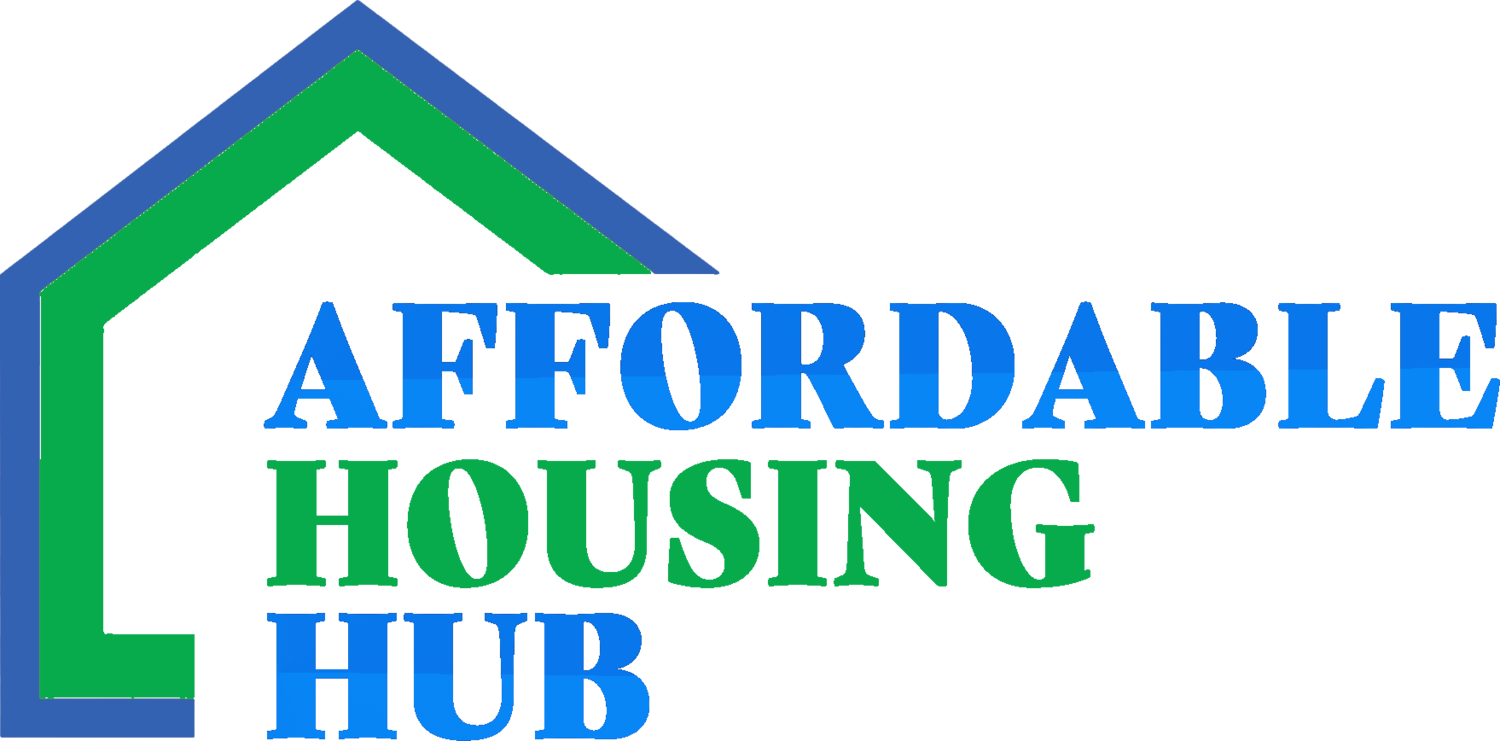Mortgage Relief Options
Many homeowners are just one crisis away from financial distress. With unemployment headed to percentage rates not seen since the Great Depression, families who never expected to worry about paying their mortgages are already looking into what options are open to them in the coming months.
The CARES Act (Coronavirus Aid, Relief, and Economic Security) and how it helps FHA, VA, and USDA borrowers
The CARES Act assists homeowners who have loans guaranteed by the Federal Housing Administration (FHA), the U.S. Department of Veteran’s Affairs (VA), and the Rural Housing Service (RHS) and who have been affected, either directly or indirectly, by the COVID-19 national emergency.
The assistance is in the form of a mortgage forbearance. A forbearance is a temporary suspension of or reduction of mortgage payments. This is not the same as payment forgiveness.Upon request, a borrower can get up to 180 days forbearance. Also upon request, a borrower can get a forbearance extension for an additional 180 days. At any time you can shorten or eliminate the forbearance and resume regular payments.
You aren’t required to provide any documentation proving you are suffering hardship to qualify for a forbearance. If you’re able to continue making regularly scheduled payments, you should do so.
For more information on the CARES ACT forbearance option, see HUD’s fact sheet.
Federal Government Run Programs
Freddie Mac and Fannie Mae Programs
Freddie Mac and Fannie Mae provide mortgage relief options to hundreds of thousands of homeowners with several different programs. Many people qualify for these programs without even realizing it.
Borrower Help Center and Borrower Help Network
The Borrower Help Centers have opened in various cities around the country. They give homeowners direct access to housing specialists who help them explore their options, like a loan modification, debt counseling, and other ways to deal with delinquent mortgages.
The Borrower Help Network was set up by Freddie Mac to make specialists available for homeowners needing foreclosure assistance.
Visit Freddie Mac’s Borrower Help Center and Network webpage for more information.
Streamlined Modification Initiative
The program is a partnership with the Federal Housing Finance Agency (FHFA) to assist homeowners to get lower interest rates or extensions on their repayment terms. You do not have to show proof of income to qualify. For more information, visit the FHFA website.
Energy Efficient Mortgages
These are mortgages, allowable by the federal government, that help homeowners make their homes more energy efficient. It pays for energy conservation measures in homes. For more information on energy efficient mortgages, visit HUD’s webpage.
Making Home Affordable
This program is a joint partnership between the federal government and banks and other lenders to help homeowners with loan modifications. Fees and interest rate reductions may be subsidized by the federal government. The purpose of the program is to ensure all homeowners find relief from mispriced loan payments. Visit the government’s Making Home Affordable website for more information.
Another option is the Home Affordability and Stability program. This is part of the Making Home Affordable Program
If you currently owe more on your home than it’s worth, there are programs available to help you out.
Fannie Mae's High LTV Refinance Option
This program replaced HARP in 2018. The new program lets homeowners refinance into more affordable mortgages. You must be current on your mortgage payments to qualify.
Hope for Homeowners
This program helps with refinancing for homeowners who having difficulty making their current mortgages, but can still afford a new loan insured by the FHA.
Home Affordable Foreclosure Alternatives (HAFA)
This is a short sale and deed in lieu program that provides financial incentives for lenders and borrowers. For more information on this program, visit the government’s Making Home Affordable fact sheet.
Hardest Hit Fund
This program is available in 18 states and the District of Columbia. It helps homeowners with payment assistance, loan modification, and transition assistance.
For more information on the Hardest Hit program in these states, visit the government Making Home Affordable webpage.
Additional Mortgage Relief Options to Explore
It’s a good idea to remember that the lender does not want to foreclose on your house. It’s costly for the financial institution and a bad mark on the individual who approved the loan. It is in the best interest of the lender to work with you to come to some kind of mutual agreement.
Short Sale
This is an alternative to foreclosure, but it will mean you lose your home. The lender must agree to let you sell your house for less than the mortgage balance. The process is complicated and takes time, but is becoming more common.
A short sale damages credit. It can lower your credit score anywhere from 85 to 160 points according to Fox Business. You should be prepared to wait two years and make a downpayment of 20% to purchase another home.
Short Refinance
Short refinancing is another method to save a homeowner from going into foreclosure. With a short refinance the lender refinances a mortgage for less than the balance owing on the original mortgage and may forgive the difference. This makes the monthly payments more affordable for the borrower. Lenders do this primarily because it is less expensive than foreclosing.
Refinancing doesn’t usually hurt your credit unless you become what is known as a “serial refinancer”.
Loan Modifications
If you can no longer afford your mortgage payments because of changing financial or personal circumstances, a loan modification may help. It will reduce monthly payments, lower interest rates, and waive fees.
To qualify for a loan modification you must meet several requirements:
You have to be suffering from financial hardship.
You must prove you can’t make your mortgage payments.
You must prove you can make modified payments.
The property must be your primary residence.
Mortgage Principal Reduction Program
Reducing the principal on a mortgage is becoming more common. Lenders are writing off billions of dollars in principal to avoid foreclosure. The rates and terms of a mortgage don’t change with a principal reduction. The loan is re-amortized with a lower outstanding principal. This results in lower payments for the borrower.
In 2017, the average reduction in principal was $56,306, and the average monthly payment was reduced by $217.
Deed in Lieu of Foreclosure
This is when you sign the deed to your home over to the bank that is holding the mortgage. This is advantageous for the lender because it avoids the cost of foreclosing. It’s good for the borrower because it doesn’t have the same impact on their credit scores as foreclosures, and the borrowers are free of the debt.
If you had a high credit score, a deed in lieu will impact you more than someone with a low credit score. You may see your credit rating fall 100 points or more. It takes about 90 days to process the deed in lieu.










